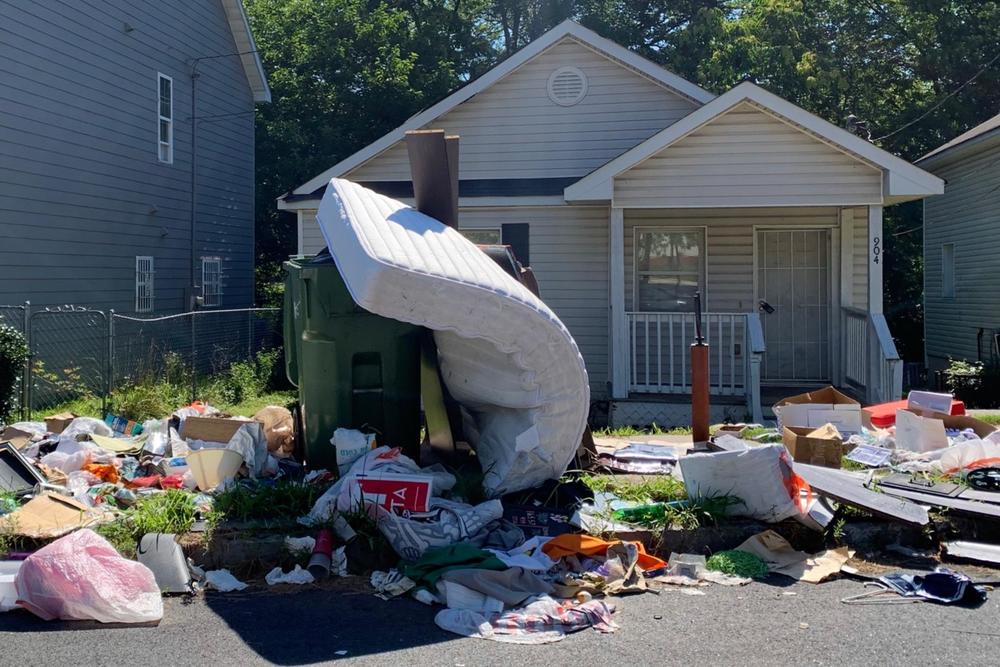
Caption
By the end of September, only 9% of the initial $552 million from Georgia’s Department of Community Affairs-administered Georgia Rental Assistance Program went to renters and landlords, far below the 30% threshold set by the Treasury Department.
Credit: Kelly Jordan/GPB file photo


